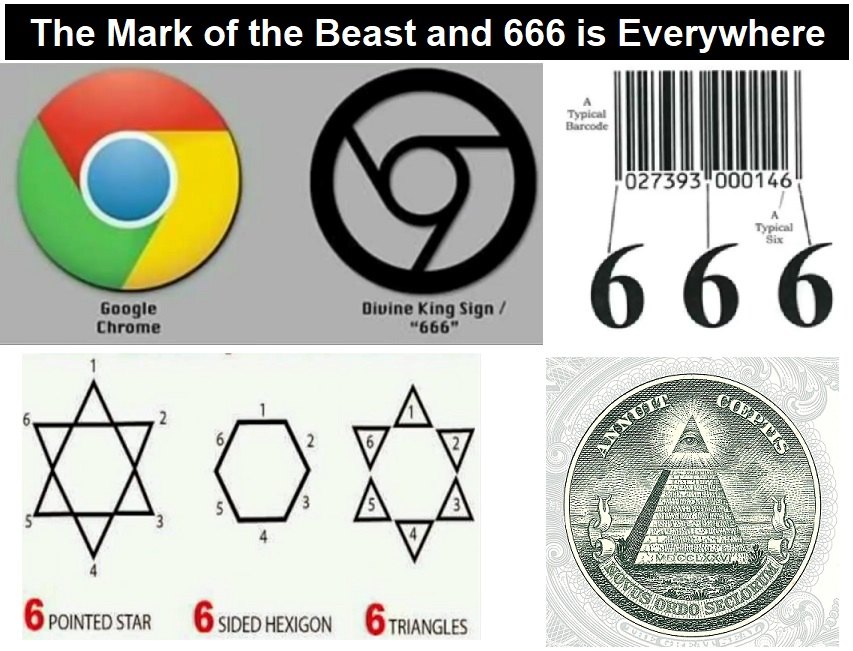
by Ramiro Romani
The Conscious Resistance
Excerpts:
I’m currently writing this post in a dark room by candelight and it seems fitting.
Ever since I got into this space, and even before, people have always been quick to recommend ProtonMail, a ‘private’ email service based in Switzerland.
I’ll admit though, I went along with it and used the service, but after a while, seeing its growth gave me an uneasy gut feeling.
As I should have done half a year ago, I finally read into it, and my suspicions were validated.
If nothing else, take away these three points from this post:
1. ProtonMail is inherently insecure, if you’ve used the Webmail client, ProtonMail has always had the ability to grab your password and private encryption key without you knowing, giving them backdated access to your emails.
2. ProtonMail lies to its supporters and has close ties with intelligence agencies, and world governments.
3. ProtonMail has several points of security failure which can be utilized by many bad actors.
History
There are two versions of the ProtonMail origin story. There’s the ‘official’ one, on their Wikipedia, which describes Proton Technologies as being started by ‘a group of scientists from CERN’.
And then there’s the origin story that has been scrubbed from all of ProtonMail’s marketing material and denied by official representatives that goes as follows:
The trio who created ProtonMail were CERN researchers along with a MIT graduate. They were semifinalists at the 2014 MIT 100K startup lunch competition.
Why was his involvement scrubbed from the history of the company? We’ll find out later in Part II, which is a short post you can read exclusively at the neo-network.
First let’s see how secure ProtonMail really is.
Claims
ProtonMail has made the following claims since the early days.
“We have no access to your messages, and since we cannot decrypt them, we cannot share them with third parties,”
There has never been independent verification of these claims until 2018, when Professor Nadim Kobeissi released his own analysis. He responded to the claims made by ProtonMail’s technical specification detailing “security features and infrastructure” in July 2016.
Professor Kobeissi found that ProtonMail’s architecture did “not guarantee end to end encryption for the majority of its users” along with a plethora of other concerns.
The majority of this article is synthesizing his technical paper into layman language.
It won’t take long to realize how blatantly insecure this is, you don’t need to be a cryptographer or computer scientist to understand it.
Let’s start by defining ProtonMail’s claims in general security characteristics:
1. Confidentiality: An encrypted email sent from one person to another can only be read by those two people.
2. Authenticity: An email you received from someone must have been sent by them and can’t be spoofed by someone in the middle.
Next, let’s understand how ProtonMail’s authentication and encryption schemes work.
First, ProtonMail uses a Zero-Knowledge Password Proof to avoid giving anyone else information about your password.
ZKPP has a complex explanation, but its purpose is to show someone you have a valid password without providing them any information (zero knowledge) about the value of the password.
ProtonMail uses this method for user authentication, to prevent the user from ever sending ProtonMail their password. Why is this important?
“The security granted by this protocol extends to the user’s private keys, which are encypted with a salted hash of their password before being sent with the server”
Stop right there. Yes, that’s right, the most critical piece to the ‘private’ email service, your private key – is sent to and saved on ProtonMail’s server.
PM openly states they have your private key, and it is only a matter of getting access to your password to decrypt the encrypted privacy key.
In addition to this, ProtonMail has no password requirements, and the Professor has tested it with passwords like ‘1’, ‘iloveyou’, and ‘password’, which are all trivial to crack in dictionary attacks. Once these can be confirmed, an attacker has your entire email history.
That’s still not the main flaw:
The Flaw
The inherent security flaw is introduced with the ProtonMail WebMail portal, the normal web application that we’ve all visited in the browser.
And the flaw is that it is relatively simple for ProtonMail to serve you a modified version of their web application or the underlying PGP implementation. There is no way to cryptographically verify that you are getting the official version of the web client as stored in their repository.
If PM decides to act maliciously, they can do so undetected. Unlike the mobile application who’s binaries get cryptographically signed to match the official codebase, there is no method to verify a web application.
Once they have your password, they can use it with the private key that they have stored for you to decrypt any communication you’ve ever made through ProtonMail.
Additionally, they can spoof email messages to others on your behalf.
PM also has a Encrypt-To-Outside feature, which allows you to send encrypted email to other email providers.
Not only are PM servers involved in this, but a third party, like Microsoft Outlook.
It works by redirecting the recipient to a PM page in which they type a encryption key that they should have previous outside knowledge of, and this key decrypts the message. They also receive the PM sender’s public key so that they can write a reply back.
This leaves many open attacks:
1. PM can once again replace the web application or PGP software to recover the original message and passcode.
2. PM can also give the recipient a different public key, one that they have the private key to, retrieving the reply for themselves, which they can once again reencrypt with the sender’s public key – completely undetected.
3. The third party mail server is free to do the same, sending their own URL, pretending to be PM, allowing them to harvest the encryption key, which allows them to get the original message. Once they have the original message, they can use it to derive the private key. Then they are able to encrypt the reply back to the sender using their public key.
CTemplar
After writing this first article, I got to verifying the other services I use. First was CTemplar, an email service based in Iceland, which I fully recommend using.
CTemplar has been aware of the ProtonMail vulnerability and even links the paper by Professor Kobeissi that we discussed.
Although they do use the same client side OpenPGP library maintained by ProtonMail (its likely the only one in the world that works in browsers), they have accounted for the concern and developed a system that allows you to compare the code in your browser with the code that they’ve published. Here’s instructions on how to do so.
This is in stark contrast to ProtonMail’s response to Kobeissi’s analysis that tries to frame the vulnerability as ‘his opinion’ and not a real problem with their infrastructure.
As you can see, there are people out there who are dedicated to achieving the utmost privacy, instead of pretending to be. Maybe ProtonMail should be open to implementing a similar method, after all – they should have nothing to hide?
Read the full article at The Conscious Resistance
This article was written by Human Superior Intelligence (HSI)
See Also:
Understand the Times We are Currently Living Through
Langley to Lausanne: How U.S. Intelligence Engineered a Globalist Christianity
Christian Teaching on Sex and Marriage vs. The Actual Biblical Teaching
Where is Your Citizenship Registered?
Exposing the Christian Zionism Cult
The Bewitching of America with the Evil Eye and the Mark of the Beast
Jesus Christ’s Opposition to the Jewish State: Lessons for Today
Insider Exposes Freemasonry as the World’s Oldest Secret Religion and the Luciferian Plans for The New World Order

Identifying the Luciferian Globalists Implementing the New World Order – Who are the “Jews”?
The Brain Myth: Your Intellect and Thoughts Originate in Your Heart, Not Your Brain
Fact Check: “Christianity” and the Christian Religion is NOT Found in the Bible – The Person Jesus Christ Is
The Seal and Mark of God is Far More Important than the “Mark of the Beast” – Are You Prepared for What’s Coming?
The Satanic Roots to Modern Medicine – The Image of the Beast?
Medicine: Idolatry in the Twenty First Century – 8-Year-Old Article More Relevant Today than the Day it was Written
Having problems receiving our emails? See:
How to Beat Internet Censorship and Create Your Own Newsfeed
We Are Now on Telegram. Video channels at Bitchute, and Odysee.
If our website is seized and shut down, find us on Telegram, as well as Bitchute and Odysee for further instructions about where to find us.
If you use the TOR Onion browser, here are the links and corresponding URLs to use in the TOR browser to find us on the Dark Web: Health Impact News, Vaccine Impact, Medical Kidnap, Created4Health, CoconutOil.com.
























13 Comments